
Unlike a surgeon or a politician, the artist is not expected to accumulate years of knowledge and experience before assuming their role. You could say one does not become but rather is born an artist.
Yet history offers plenty of counter-examples. The French post-impressionist Henri Rousseau worked as a toll-and-tax collector until picking up a paintbrush in his 40s. Alfred Wallis, a British West Country fisher, started painting and drawing in his 70s. American folk artist Grandma Moses began producing her New England landscapes at 76; growing so popular that at the age of 93, she featured on the cover of Time magazine.
These late bloomers are often described as "naive" or "outsider" artists, rather patronising terms used to describe people with no formal artistic training. But they have also been recognised for their work's originality and virtuosity, showing that new beginnings are always possible.
London-based Libby Heaney, whose exhibition Heartbreak and Magic opens at Somerset House, London, in February, says art was her favourite subject in school. "But because I come from a very working-class background, my teachers and family advised me to study something they considered 'more serious' at university instead, which was theoretical physics with German," she says.
Heaney quickly doubted her choice but didn't have the funds to start over. So she resolved to specialise in quantum physics, undertaking a PhD followed by five years of post-doctoral fellowships at the University of Oxford and the National University of Singapore. She kept making art in her spare time, although she considered it more as an enriching "hobby".
As a quantum physicist, she received prizes, and published some 20 papers in international peer-reviewed journals. But throughout this period she was also "gradually saving up enough money to go back to university to study art".
This story is from the {{IssueName}} edition of {{MagazineName}}.
Start your 7-day Magzter GOLD free trial to access thousands of curated premium stories, and 9,000+ magazines and newspapers.
Already a subscriber ? Sign In
This story is from the {{IssueName}} edition of {{MagazineName}}.
Start your 7-day Magzter GOLD free trial to access thousands of curated premium stories, and 9,000+ magazines and newspapers.
Already a subscriber? Sign In
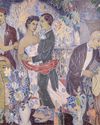
Finn family murals
The optimism that runs through Finnish artist Tove Jansson's Moomin stories also appears in her public works, now on show in a Helsinki exhibition
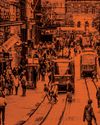
I hoped Finland would be a progressive dream.I've had to think again Mike Watson
Oulu is five hours north from Helsinki by train and a good deal colder and darker each winter than the Finnish capital. From November to March its 220,000 residents are lucky to see daylight for a couple of hours a day and temperatures can reach the minus 30s. However, this is not the reason I sense a darkening of the Finnish dream that brought me here six years ago.

A surplus of billionaires is destabilising our democracies Zoe Williams
The concept of \"elite overproduction\" was developed by social scientist Peter Turchin around the turn of this century to describe something specific: too many rich people for not enough rich-person jobs.
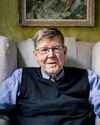
'What will people think? I don't care any more'
At 90, Alan Bennett has written a sex-fuelled novella set in a home for the elderly. He talks about mourning Maggie Smith, turning down a knighthood and what he makes of the new UK prime minister
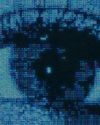
I see you
What happens when people with acute psychosis meet the voices in their heads? A new clinical trial reveals some surprising results
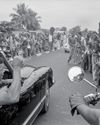
Rumbled How Ali ran rings around apartheid, 50 years ago
Fifty years ago, in a corner of white South Africa, Muhammad Ali already seemed a miracle-maker.
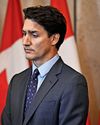
Trudeau faces 'iceberg revolt'as calls grow for PM to quit
Justin Trudeau, who promised “sunny ways” as he won an election on a wave of public fatigue with an incumbent Conservative government, is now facing his darkest and most uncertain political moment as he attempts to defy the odds to win a rare fourth term.
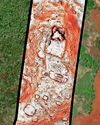
Lost Maya city revealed through laser mapping
After swapping machetes and binoculars for computer screens and laser mapping, a team of researchers have discovered a lost Maya city containing temple pyramids, enclosed plazas and a reservoir which had been hidden for centuries by the Mexican jungle.

'A civil war' Gangs step up assault on capital
Armed fighters advance into neighbourhoods at the heart of Port-au-Prince as authorities try to restore order

Reality bites in the Himalayan 'kingdom of happiness'
High emigration and youth unemployment levels belie the mountain nation's global reputation for cheeriness